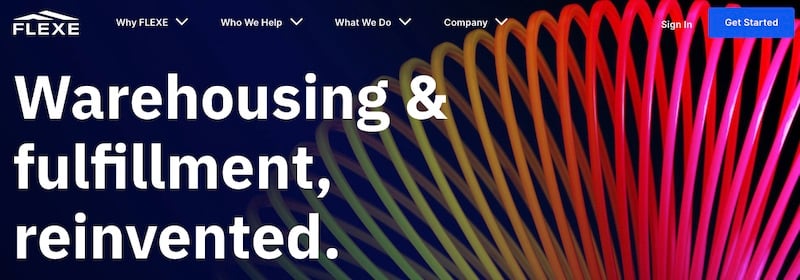
Amazon is reducing its inventory purchases from smaller merchants, while other companies are catering to them. Flexe, for example, is a marketplace for on-demand warehouse space, with access to more than 1,000 fulfillment and storage facilities in North America.
In March of this year Amazon stopped ordering merchandise from thousands of small vendors without providing an explanation. Orders soon resumed. Two months later Amazon told many small merchants that it would no longer accept bulk wholesale orders from them for its Vendor Central program.
Amazon is targeting vendors with less than $10 million in annual sales on its site. While Amazon is actually halting orders from these merchants, it has been coy about announcing it as an official policy.
Why the Change?
The reason for the switch is simple: Amazon can make more money while doing less work by moving small merchants to the third-party marketplace where the merchants sell directly to customers.
The change will mean Amazon does not need as many wholesale account managers — the company has already stopped filling vacancies — and it will not incur unsold inventory. Revenue could increase because marketplace sellers pay Amazon per-sale fees with percentages varying by category. Referral fees for clothing and accessories are 17 percent, for example, while fees in home and kitchen are 15 percent. For merchants using Fulfillment by Amazon on marketplace sales, fees range from 25 to 35 percent depending on an item’s size and weight.
In recent years, Amazon has increasingly focused on its marketplace, which generated more than half of ecommerce sales in 2018. Amazon is reportedly enhancing the assistance it provides to marketplace sellers to get more to switch from Vendor Central.
Amazon intends to concentrate its wholesale purchasing on major brands such as Nike, Procter & Gamble, and Sony. Amazon needs to have sufficient inventory of popular merchandise to compete with the likes of Best Buy, Target, and Walmart.
Competitors See An Opportunity
Several companies have seized on this change and are trying to attract smaller merchants who may be looking for alternatives to selling via Amazon.
One company that sees an opening is Microsoft. Earlier this week it introduced Dynamics 365 Commerce, an expansion of Microsoft’s Dynamics 365 for Retail. The new software will allow brands to create detailed personalized product web pages with room for customer ratings and reviews. It integrates with other Microsoft software, so merchants can view sales performance data and communicate with customers after they make a purchase.
Flexe, a Seattle company that operates a marketplace for on-demand warehouses, helps smaller merchants with logistics. It recently announced a $43 million investment round to expand its services in response to growing demand from companies needing pop-up warehouse space.
Flexe matches retailers with North American warehouses that have excess capacity. Clients include Ace Hardware, Staples, Toms, and Walmart as well as digitally native companies. Flexe’s goal is to helps companies reduce last-mile delivery expense and deliver goods more quickly.
As the name implies, companies do not have to sign long-term leases for warehouse space. Flexe also offers businesses an alternative that lets them ship products with their own branded boxes and existing shipping software. The third-party warehouses handle labor and administrative work. Unlike Amazon, Flexe does not collect merchant or customer data.
Flexe also helps warehouse owners by filling space that would otherwise sit empty, which Flexe estimates to be 20 to 30 percent of a typical warehouse. More than 1,000 warehouses in the U.S. and Canada use Flexe’s software to bid on various offers, a substantial increase from 370 warehouses three years ago. Flexe has approximately 30 million square feet on its platform. While that is much less than Amazon’s 150 million square feet, Flexe has access to more than 1,000 warehouses compared to Amazon’s 110 North American fulfillment centers.
Shopify announced its fulfillment offering in June, soon after Amazon started moving small merchants to the marketplace. The Shopify Fulfillment Network gives merchants less costly shipping, warehousing, and picking and packaging services.
This month, Shopify reported that it would acquire 6 River Systems, a Massachusetts-based warehouse robotics and fulfillment company, to bolster its Fulfillment Network. The acquisition price is $450 million. This gives Shopify immediate access to the same level of robotics expertise that Amazon achieved several years ago with its purchase of robotics company Kiva.
FTC Investigation
Bloomberg News reported earlier this month that investigators from the U.S. Federal Trade Commission have begun interviewing small merchants that sell on Amazon to determine whether the company is trying to eliminate competition. Several attorneys and at least one economist are conducting in-depth, in-person interviews. They are asking merchants what percentage of their revenue comes from Amazon versus other online marketplaces. Amazon hasn’t acknowledged the investigation.







